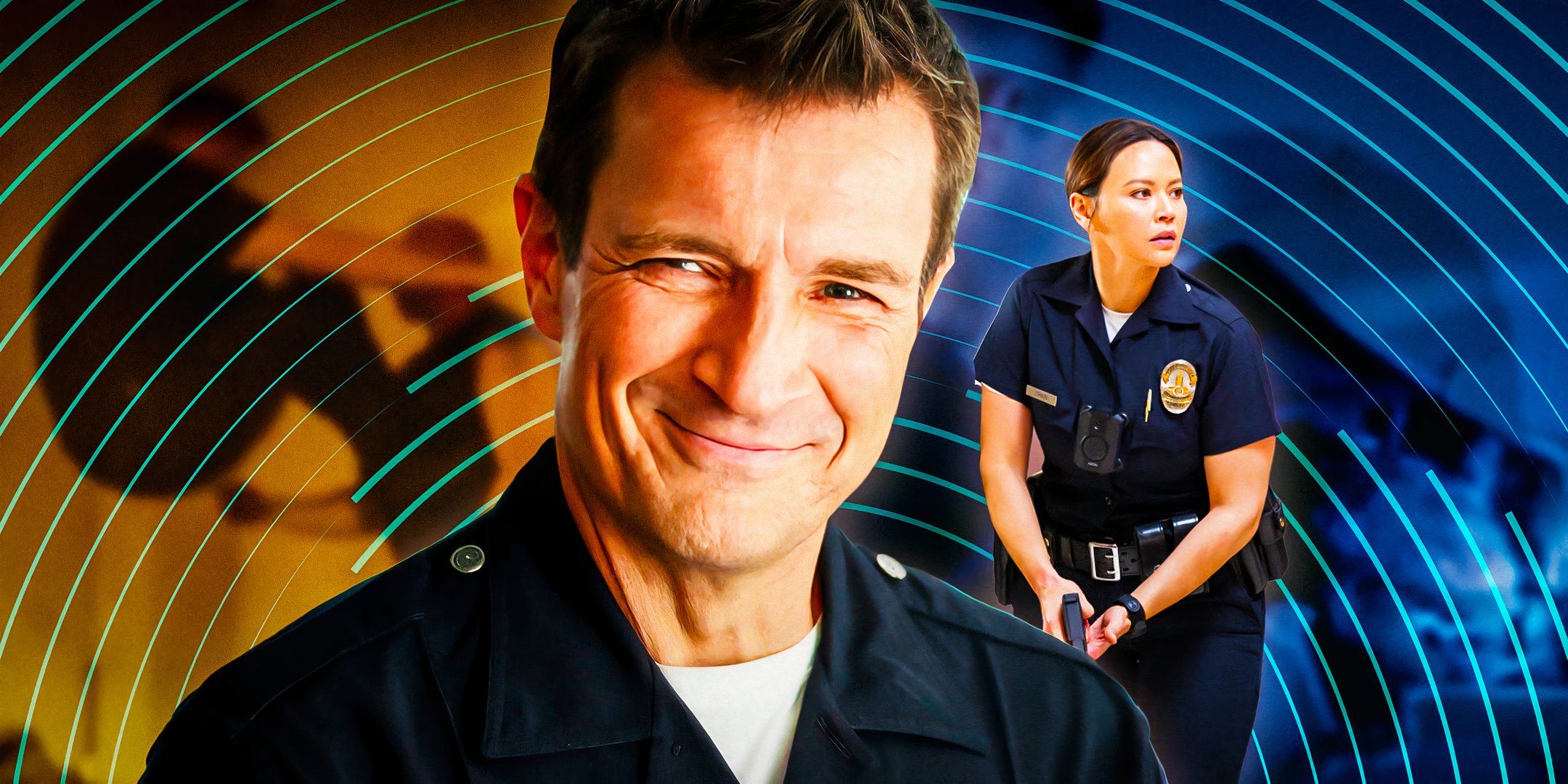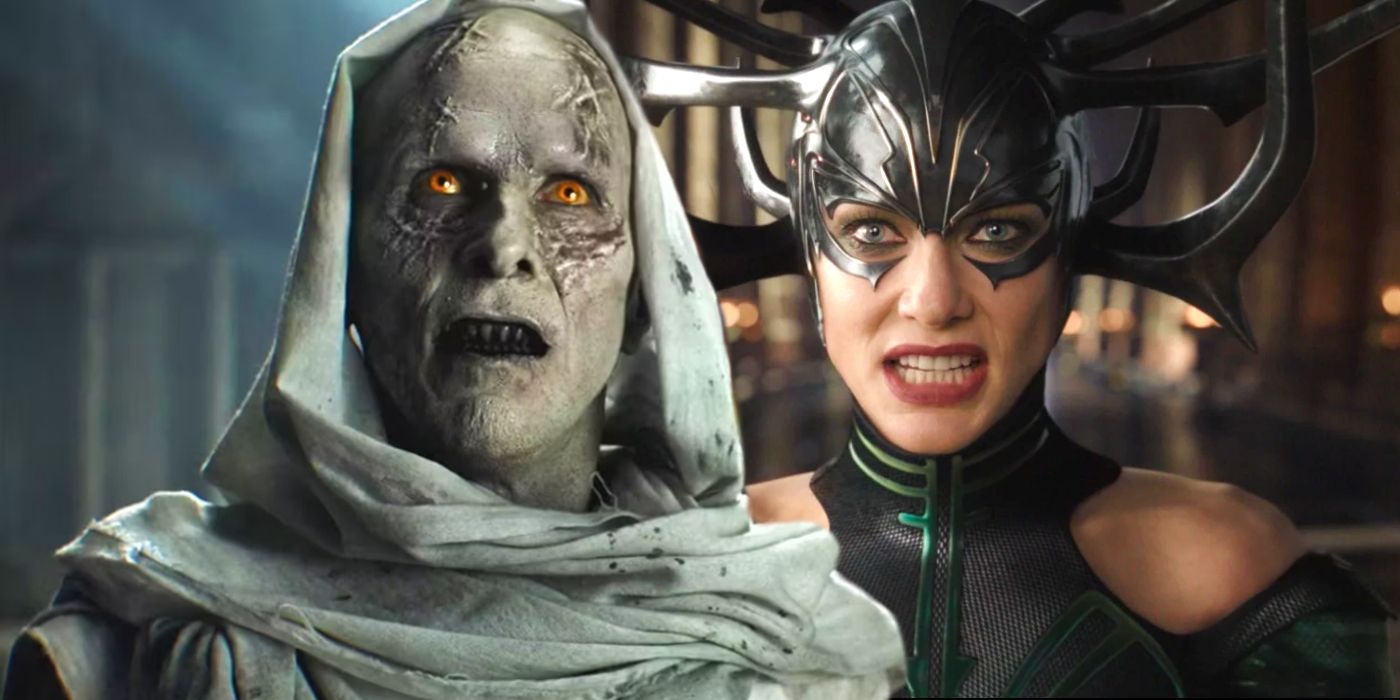While Disney’s Princess movies are some of the studio’s most popular and profitable productions, they have been met with a lot of controversy over the years, but the biggest complaint about them has actually already been fixed seven times. Walt Disney Productions’ very first feature animated movie was also the studio’s first Princess movie: Snow White and the Seven Dwarfs, released in 1937. Snow White was only the beginning of Disney’s reign over the world of animation, and while it has brought a variety of stories to its animated movies, the studio’s Princess movies have become the most popular branch.
The Mouse House has since given its touch of magic to a variety of Princess stories, mostly adaptations of fairy tales and legends. Despite being one of Disney’s most popular and profitable branches, Disney’s Princesses have been heavily criticized for years for the “messages” they give to young viewers. However, these complaints have already been fixed seven times since Snow White was released, but these changes and accomplishments have been overlooked by the audience as the debate over Disney’s “Princess problem” continues.
Disney Has Fixed Its “Weak” Princesses Complaint In Seven Movies
Disney Princesses Often Focus On Finding Love & Being Rescued By Men
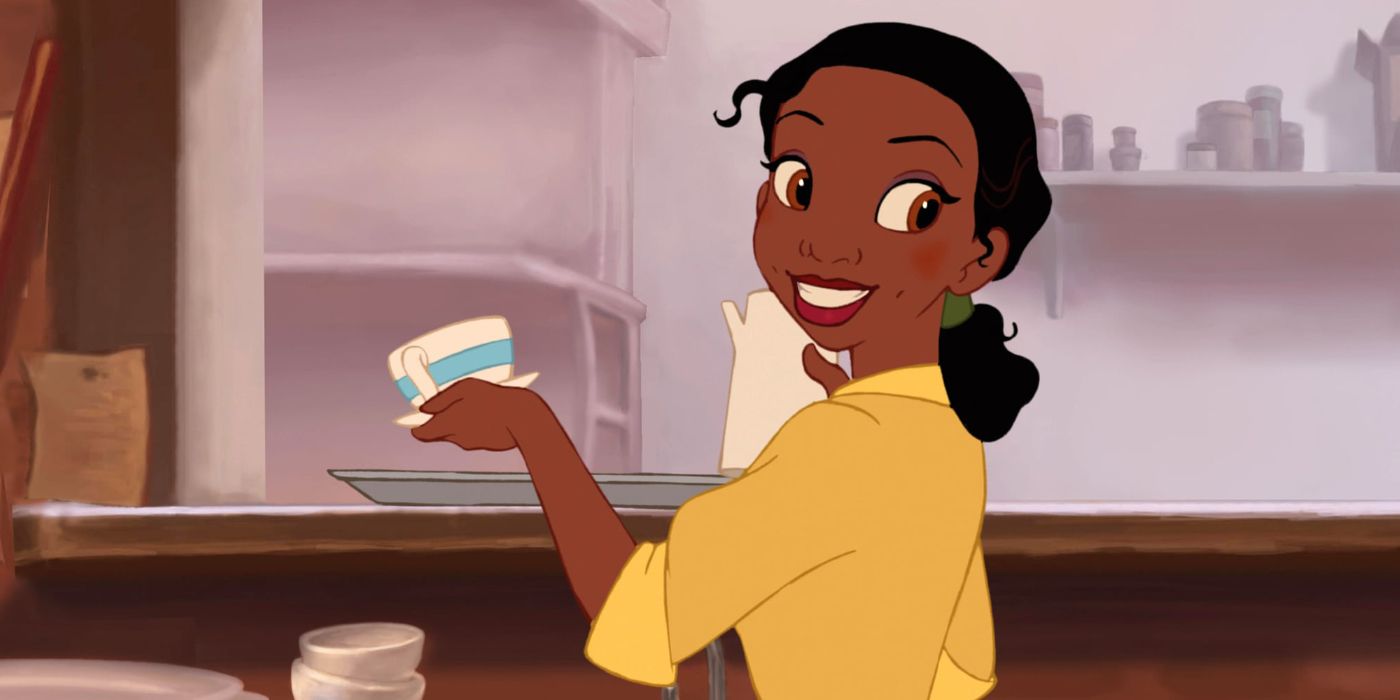
Disney Princess movies are love stories, but viewers over the years have had an issue with how the Mouse House handles the romances in these movies and the agency of the princesses. The stories of many Disney Princesses are centered on finding love and being rescued by a prince, as were the cases for Snow White and Aurora from Sleeping Beauty. While it’s true that various Disney Princess movies are focused on their main characters finding a romantic partner and their love stories push the rest of their stories forward, Disney has already had seven Princess movies where this wasn’t the case at all.
First was Pocahontas, released in 1995. Pocahontas is the story of the title daughter of Chief Powhatan who yearns for adventure and freedom. Surely, Pocahontas meets settler John Smith and falls in love with him, but in the end, she chooses her tribe over a life with Smith. In 1998, Disney brought Mulan, the story of the title character, the daughter of an aged warrior, who disguises herself as a man to take her father’s place in the army, honoring her family and defending her country. Although Mulan is also given a love interest in Captain Li Shang, their romance isn’t the center of the story and they don’t do anything about it until the very end of the movie.
In 2009, Disney introduced its first Black Princess in The Princess and the Frog. Set in the 1920s, The Princess and the Frog follows Tiana, a waitress who has worked hard for years as her dream is to open her own restaurant. Her dreams get more complicated after turning into a frog after kissing a prince who was turned into one by an evil sorcerer. While Tiana and Prince Naveen’s romance takes the spotlight, Tiana’s goal in The Princess and the Frog is to achieve her dreams, not to find a romantic partner who will save her. Then in 2012, Pixar and Disney brought Brave, the story of Princess Merida of DunBroch who defies an age-old custom but ends up causing chaos after sharing her desire to not be betrothed. However, Brave is actually the story of Merida and her mother, Queen Elinor, and not of Merida’s love life.
The following year, Disney released Frozen, which even though sees the fake romance between Hans and Anna and later Kristoff and Anna, is actually about sisterhood and the bond between Elsa and Anna. In 2016, Moana was released, and it’s the story of the title daughter of the island’s chief who goes on a journey to return an ancient relic to the goddess Te Fiti, and she doesn’t have a love interest at all. Last but not least, 2021’s Raya and the Last Dragon follows warrior princess Raya, as she goes on a journey to find the legendary “last dragon” Sisu to bring peace to her kingdom. Like Moana, Raya wasn’t given a love interest, and the focus was, instead, on her own journey.
Disney Has Proven That Princess Movies Don’t Need To Be Centered On Romantic Love
Most Of These Princess Movies Were Box-Office Hits
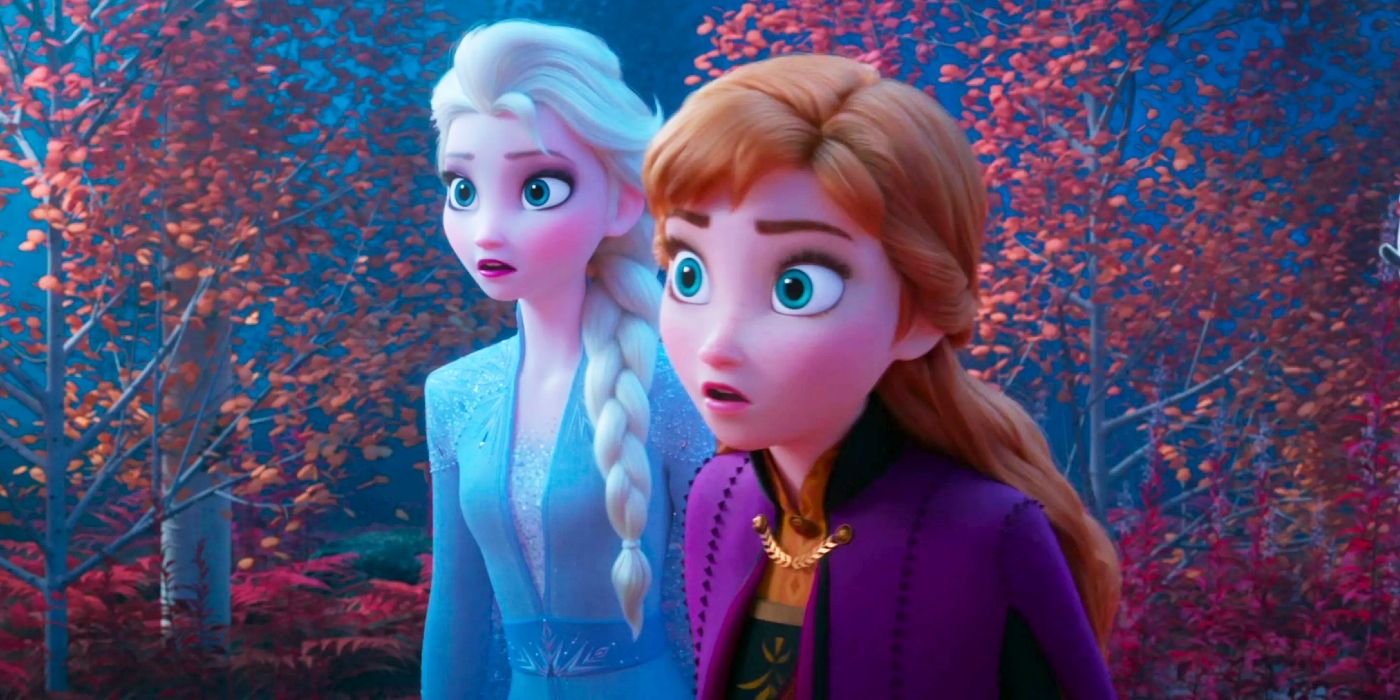
Although Disney has only addressed its “Princesses problem” seven times throughout its history, that doesn’t mean that these all movies weren’t a success. Frozen was a worldwide sensation and a cultural phenomenon and was a massive box-office hit. Moana was also a critical and commercial hit, and Pocahontas and Mulan are now considered among the best Disney animated classics. It can’t really be said, then, that there isn’t an audience for these movies that break the mold of the “traditional” Disney Princesses, and it also can’t be said that Disney hasn’t done things differently over the years, though it’s true that it has fallen back into those old patterns various times.
Does Disney Really Have A Problem With Its Princesses?
Not All Disney Princesses Want The Same Things
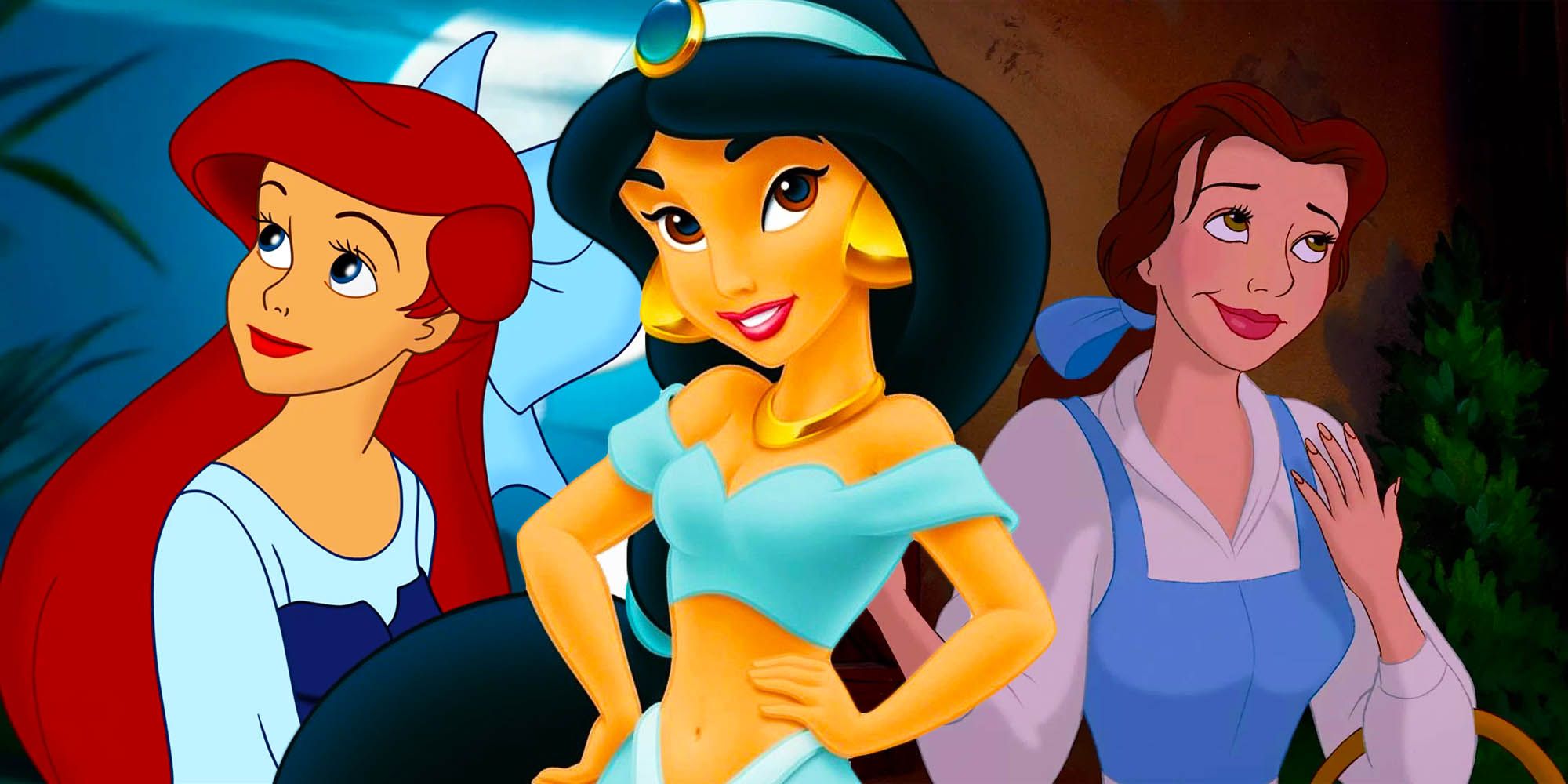
The discussion around Disney’s Princesses and the problems with their stories is a never-ending one. While it’s true that many Disney Princesses depend too much on men and finding a romantic partner becomes the most important thing in their lives, it’s also true that every woman wants something different and it’s all valid. Princesses like Snow White and Cinderella wanted love and that’s valid (and it’s also important to look at their backstories, as both lacked love as they grew up), while it’s also valid that Mulan wanted to be a warrior and Tiana wanted to open her own restaurant instead of wanting to get married. There’s no real answer to whether Disney has a “Princess problem” or not, as it depends on the experiences and perspectives of every viewer.
